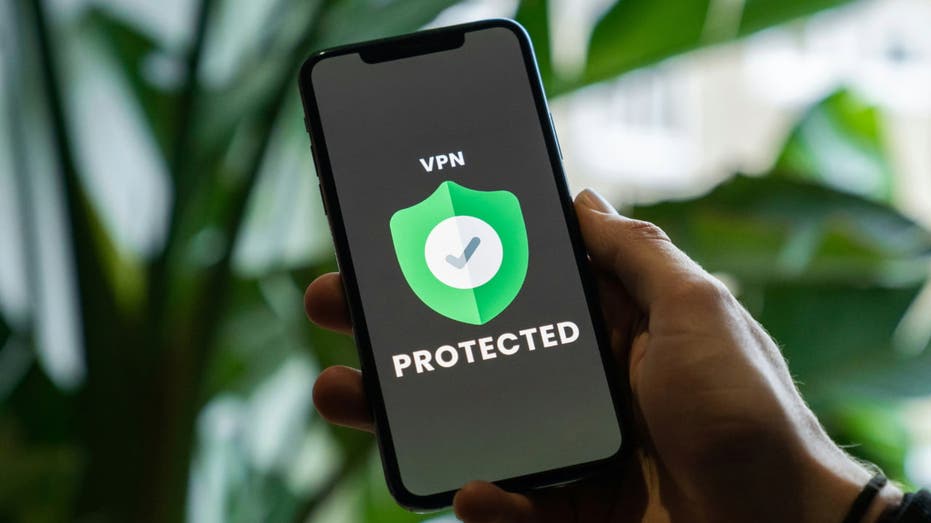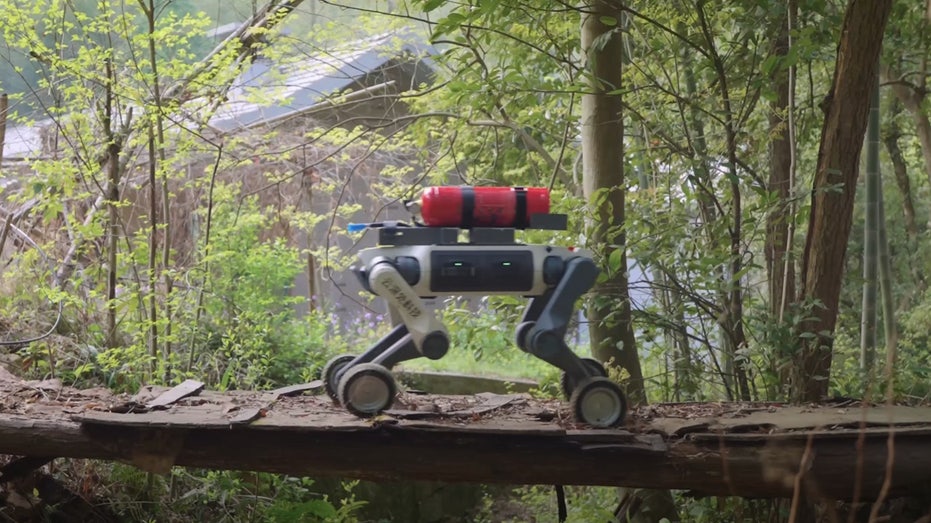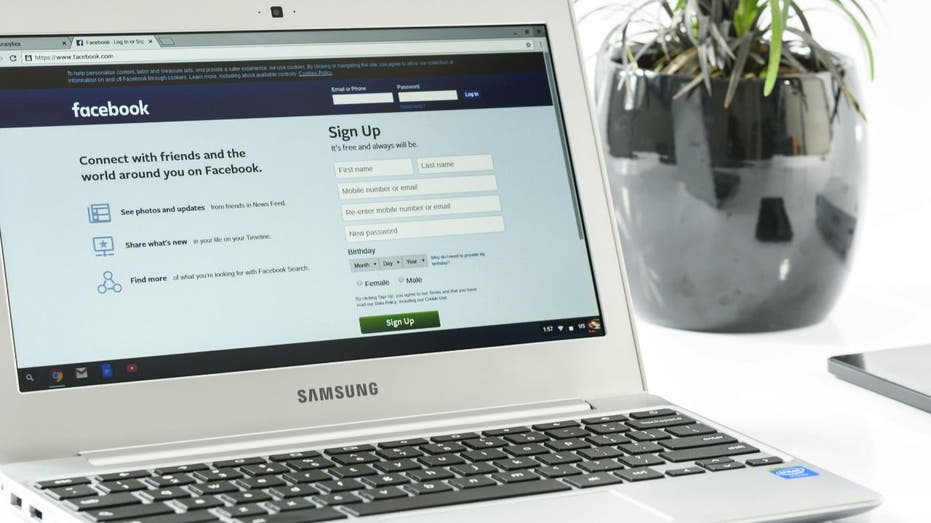- by foxnews
- 23 May 2025
Stuck behind a VPN wall? Let's find a way around it
A virtual private network (VPN) allows computer and smartphone users to mask an IP and create a secure, encrypted connection between a device and the internet.
- by foxnews
- 29 Dec 2024
- in technology

I recently received an email from Carol in Douglasville, Georgia, who asked:
"Why am I blocked from seeing a site when I use a VPN? I am being blocked from answering emails I receive from the VA, Social Security and government sites that I need to connect to concerning my benefits."
Website owners can decide who gets to access their sites and who doesn't. Many sites block IPs from known VPNs or data centers, especially if their content is restricted to certain countries or regions.
But even setting your VPN to a different location in the same country doesn't always work. Why? Because some sites are trying to keep cybercriminals out. VPNs can hide your identity and location, which is great for privacy but can also be misused for fraud. Government websites dealing with things like taxes, voting or benefits need to verify who you are and where you're logging in from to prevent misuse. Allowing VPNs could make it easier for fraudsters to slip through.
Another reason for blocking VPNs is to keep bots at bay. Bots can use VPNs to scrape government websites or overload their systems. Blocking VPN traffic helps protect sensitive information and makes it easier to trace and authenticate real users.
If you're having trouble accessing certain sites with your VPN on, try the steps below. Start from the first step and keep going until the issue is resolved.
Using a reliable VPN service is one of the best ways to work around VPN blocks. Not all VPNs are created equal, and choosing a high-quality provider can make a significant difference. Look for a VPN that offers obfuscated or "stealth" servers, which disguise VPN traffic to appear as regular internet usage, making it harder for detection systems to block you.
If one server isn't working, try connecting to another in the same country or region. VPN providers usually have multiple servers, and switching might help you bypass the block. If this doesn't work, use obfuscated servers. These servers are designed to hide the fact that you're using a VPN. They can bypass strict VPN detection systems, especially on government or streaming websites.
To bypass VPN blocks, you can change the connection protocol your device uses. VPN protocols determine how devices link to servers, and some protocols are more adept at evading detection than others.
If you're facing issues accessing specific websites, switching to a different protocol may help. For instance, some protocols offer a good balance of speed and security, while others prioritize faster performance or efficiency, potentially improving your ability to bypass restrictions.
For more detailed information, it's important to research which protocols are best suited for specific use cases, as the effectiveness of different protocols can vary.
If you only need the VPN for certain apps or websites, enable split tunneling in your VPN settings. This lets you access blocked sites using your regular connection while keeping the VPN active for other purposes. For example, you can enable split tunneling to watch a movie on Netflix using your regular internet connection while keeping your banking app secure with the VPN.
Not all VPNs are created equal. Some are better at bypassing blocks than others. If your current VPN isn't working, consider switching to one that specializes in evading detection.
If all else fails, switch to a mobile data connection or a different network. Sometimes, the issue is with your current ISP (internet service provider) rather than the VPN.
VPNs are great for getting around restrictions, but some websites have blockers to stop VPN traffic. There are a few ways to get around these blockers, and sometimes, it's just as easy as switching servers. You'll have the best chance of getting your VPN unblocked if you're using a reliable service. They keep an eye on their servers to make sure everything's running smoothly and offer extra features like dedicated IP addresses.
Follow Kurt on his social channels:
Answers to the most-asked CyberGuy questions:
New from Kurt:
Copyright 2024 CyberGuy.com. All rights reserved.
- by foxnews
- descember 09, 2016
United Airlines flight returns to Hawaii after concerning message found on bathroom mirror; FBI investigating
United Airlines Flight 1169 to Los Angeles returned to Hawaii after a "potential security concern" aboard the plane. The FBI and police are investigating.
read more





